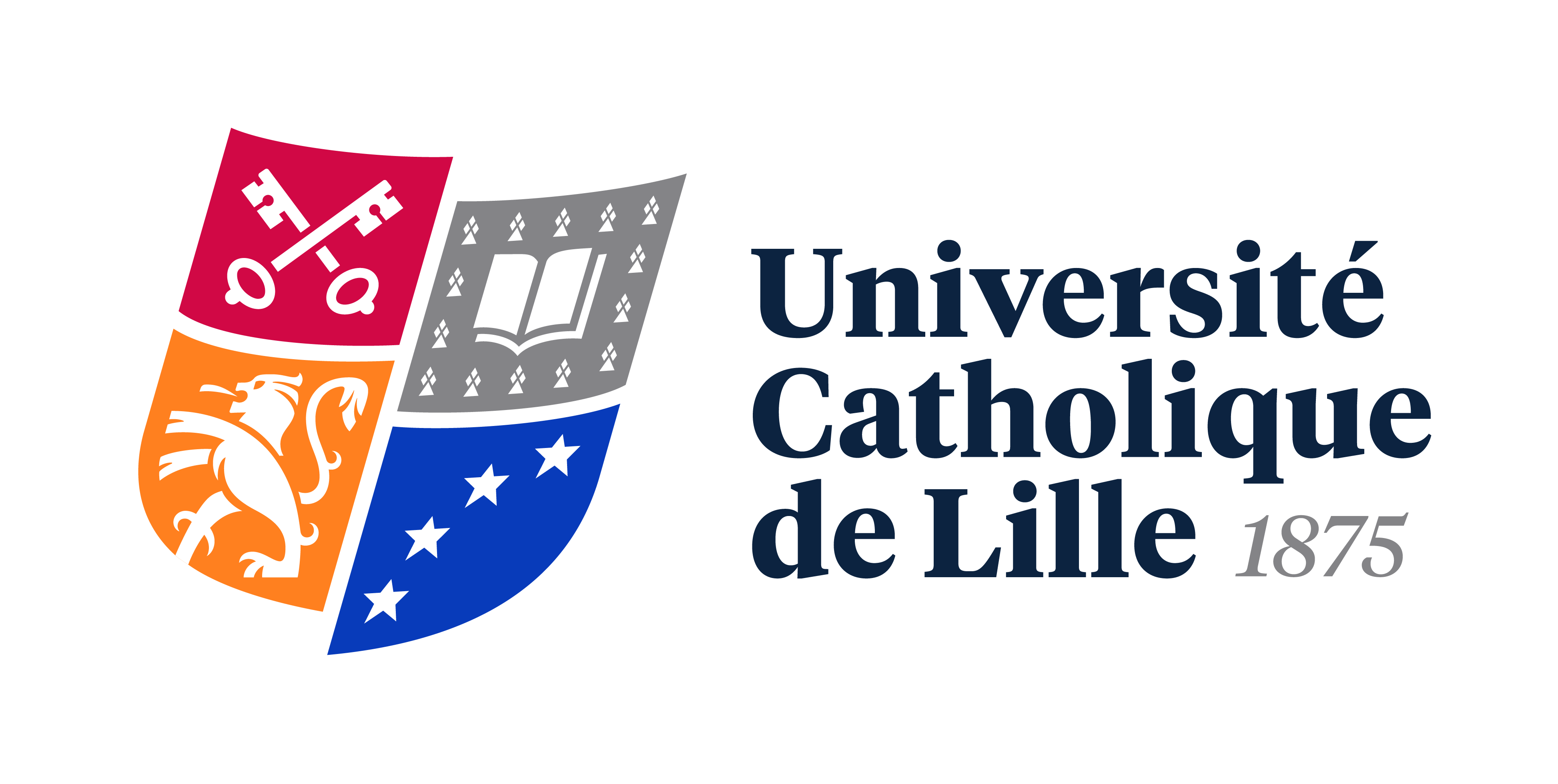Designing lessons
During this course, we will create a pedagogical scenario defining the types of activities and teaching methods for both face-to-face and distance learning.
We will diagnose and improve the coherence of an existing course, or design a new course taking into account the principle of pedagogical alignment.
During this course, we’ll get to grips with the iCampus environment and the platform’s essential activities and resources.
During this course, we’ll fine-tune your iCampus courses by applying various visual and ergonomic enhancement tools and techniques.
During this course, we’ll look at how to create rich, interactive media, then integrate them into an iCampus course space.
Focusing on the slideshow as a teaching aid, we’ll look at the basics of creating an attractive, accessible educational slideshow, adapted to the teaching context.
During this workshop, we’ll look at the uses of educational videos and their benefits in terms of student engagement.
We’ll look at the steps involved in creating a video, and the factors to consider when shooting it.
Finally, we’ll take a look at simple, free editing tools and the copyright rules to be observed.
During this course, we’ll discover the fundamentals of digital accessibility.
We’ll see how to apply it in a teaching context, and how to adapt our resources.
Teaching activities
During this course, we’ll discover how to design a teaching style that encourages student interaction in class, as well as activities, with or without tools, that facilitate student engagement.
During the course we’ll discover different teaching methods that increase student involvement and interaction in lessons.
During this course, we’ll take a look at a platform for creating collaborative walls, to identify the benefits of using a collaborative wall to develop interaction and collaborative work.
We’ll also look at different scenarios for using this type of tool in teaching.
Supporting and assessing students
During this course, we’ll explore the different logics of assessment, consider assessment in the context of pedagogical alignment, explore the benefits of the criterion grid and broaden our understanding of traditional assessment.
During this course, we will identify iCampus activities that can be used to carry out formative and summative assessments.
We’ll build an assessment that incorporates feedback.
During this course we will identify and use complex question types.
We’ll learn how to use Generative Artificial Intelligence (GAI) for certain types of question.
During this course, we’ll discover the iCampus content bank and get to grips with the H5P exerciser for creating interactive resources.
We’ll also take a look at how to configure and make accessible the resources we’ve created.
During this course, we will identify what reflexivity is and its pedagogical value in the learning process.
We will then explore different reflexivity activities and ways of encouraging reflexivity in students.
Finally, we will co-construct a grid for assessing student reflexivity in the activity.
Update your teaching practices
During this course we’ll understand what generative AI is and get to grips with these tools to make effective prompts.
We’ll identify useful pedagogical uses for teaching practices and student engagement.
During this course, we’ll use IAG as an assistant in defining course scenarios, course materials and assessments.
We’ll mobilize IAGs to promote student engagement and motivation (design of activities, supports, deliverables, etc.).
During this course, we will cover the fundamental concepts of PCA.
We’ll learn how to formulate competencies, design learning activities centered on these competencies and choose assessment methods accordingly.
During this course, we’ll discover immersive technologies (virtual reality, augmented reality, etc.) and their uses in teaching.
We’ll explore a range of use cases, and come up with scenarios for integrating immersive pedagogy into teaching practices.

